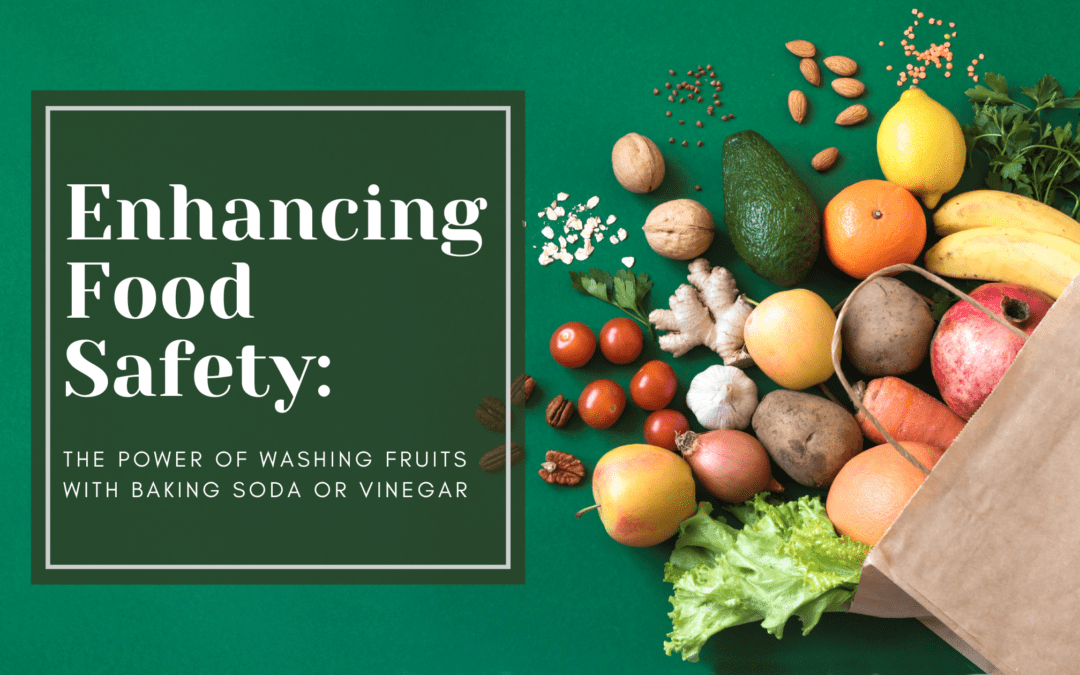When it comes to ensuring the cleanliness of fruits, many people turn to the use of baking soda or vinegar as effective washing agents. These household items are known for their ability to remove dirt, pesticides, and potential contaminants from the surface of fruits. Baking soda, with its alkaline properties, acts as a mild abrasive to eliminate wax, pesticide residues, and some bacteria. On the other hand, vinegar, specifically diluted acetic acid, exhibits antibacterial qualities and aids in the removal of pesticides. While water alone can provide some level of cleaning, incorporating baking soda or vinegar into the fruit-washing process adds an extra layer of assurance. In this article, we will explore the reasons behind washing fruits with baking soda or vinegar and how to do it effectively to promote food safety and peace of mind.
Enhancing Food Safety: The Power of Washing Fruits with Baking Soda or Vinegar
by Autumn Ellis | Jun 22, 2023 | Farm-to-Consumer Foundation News | 0 comments

